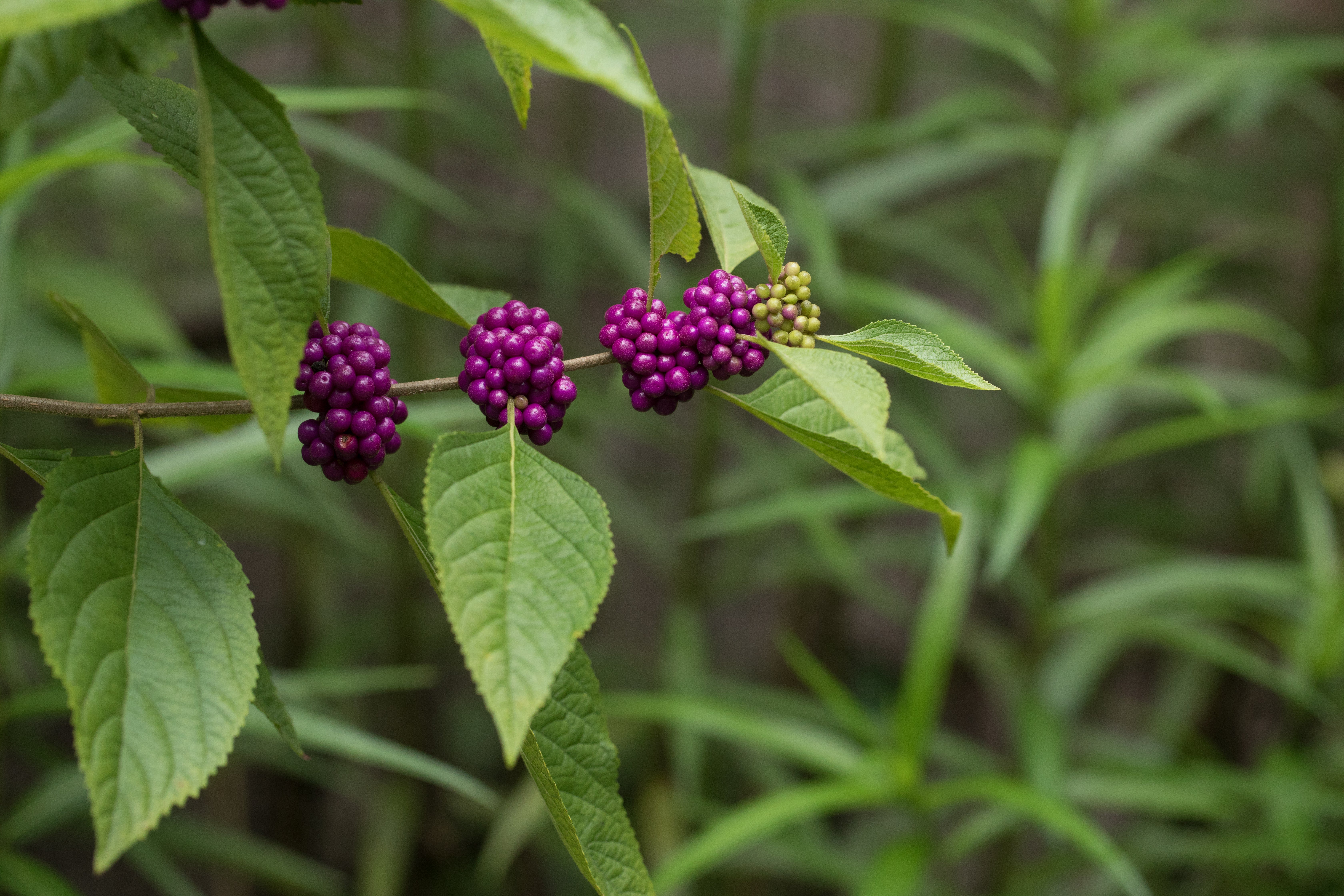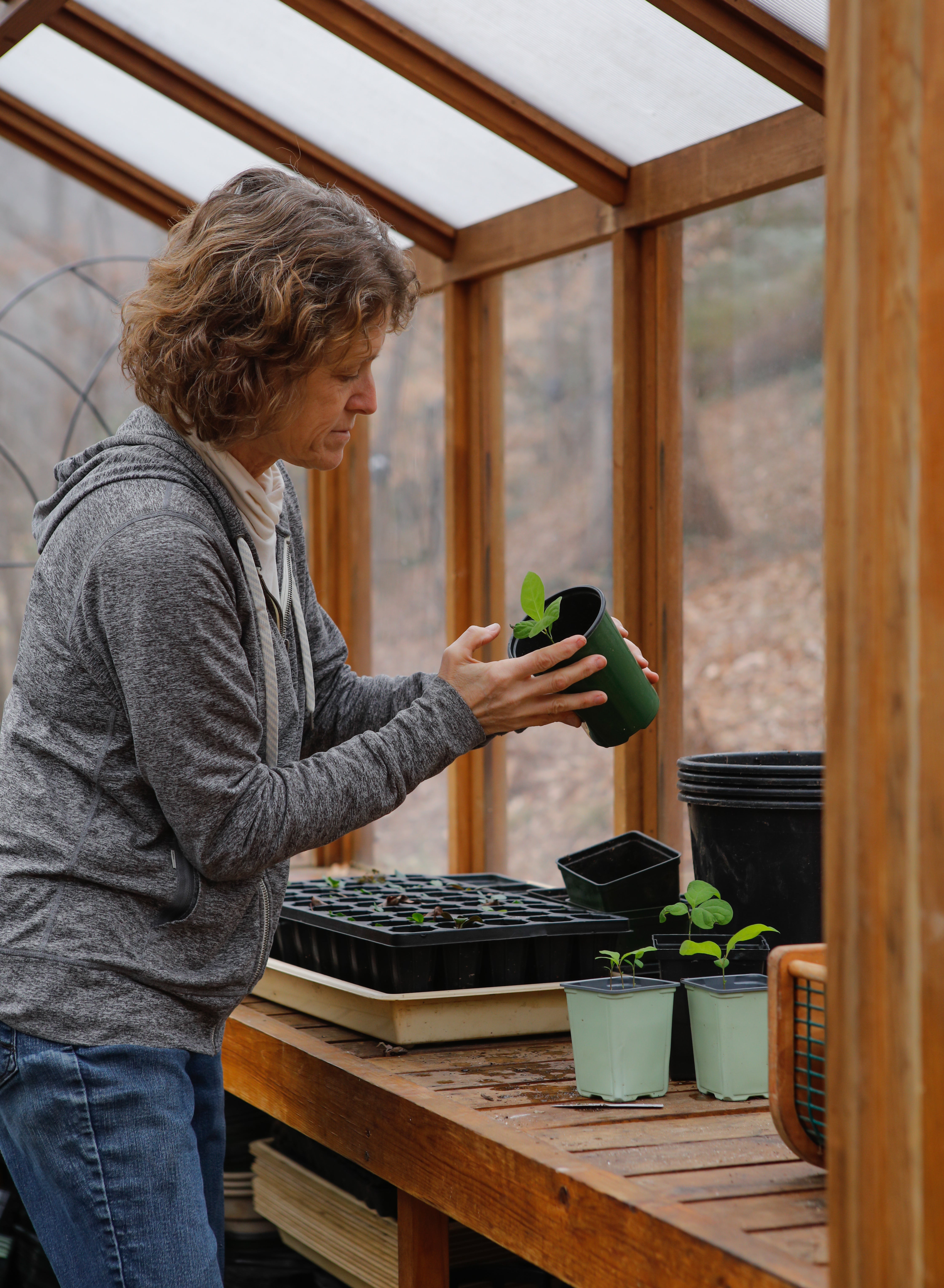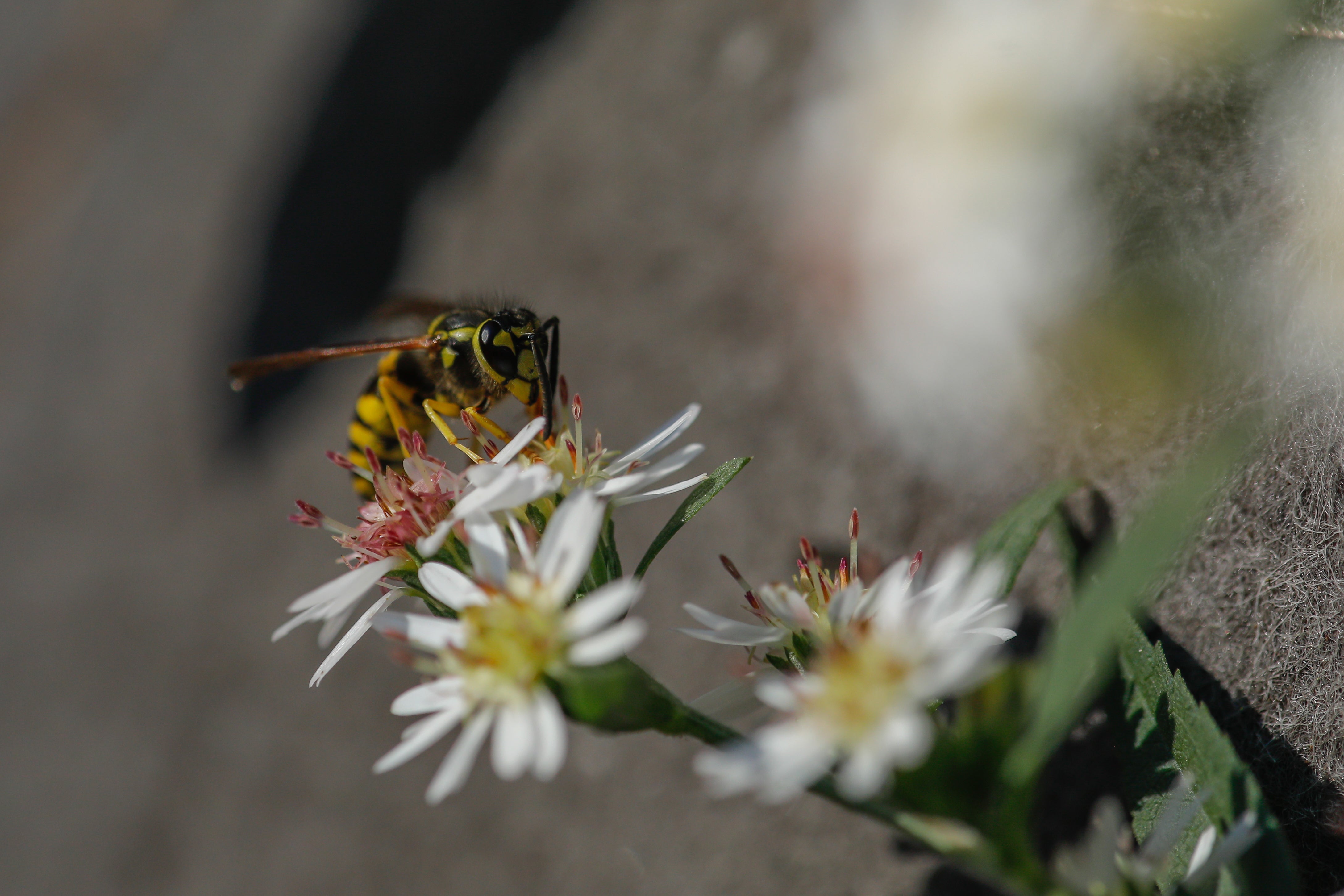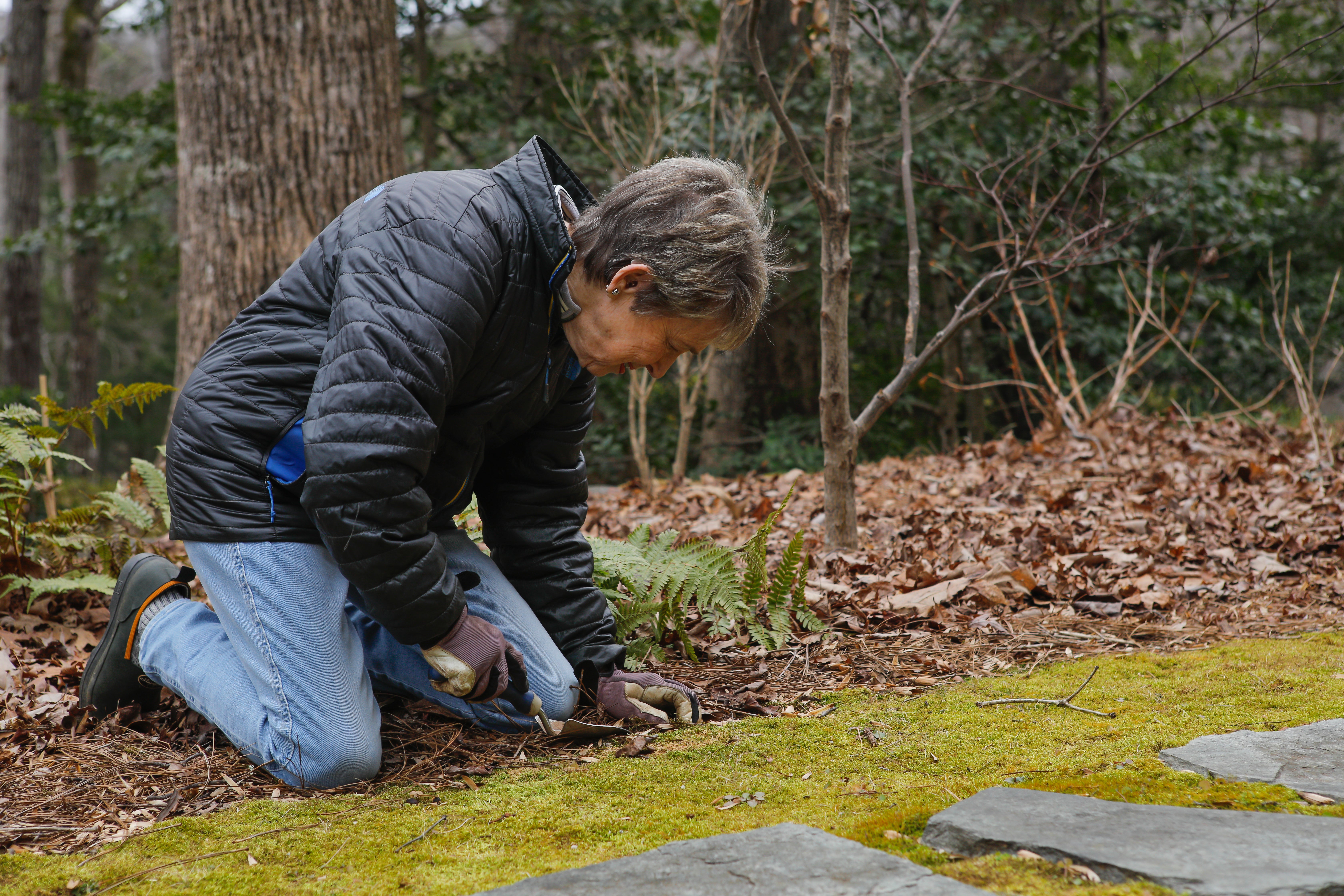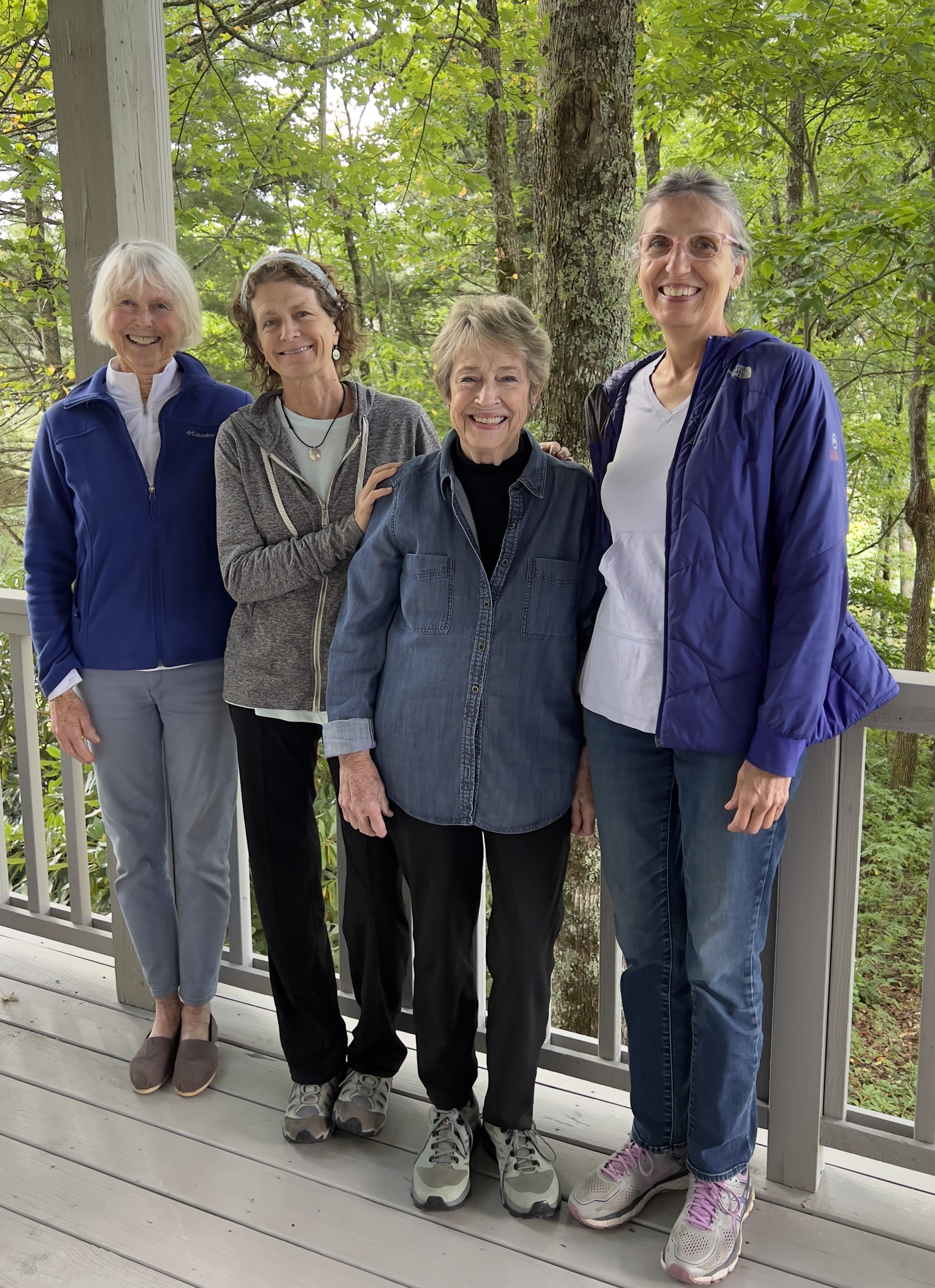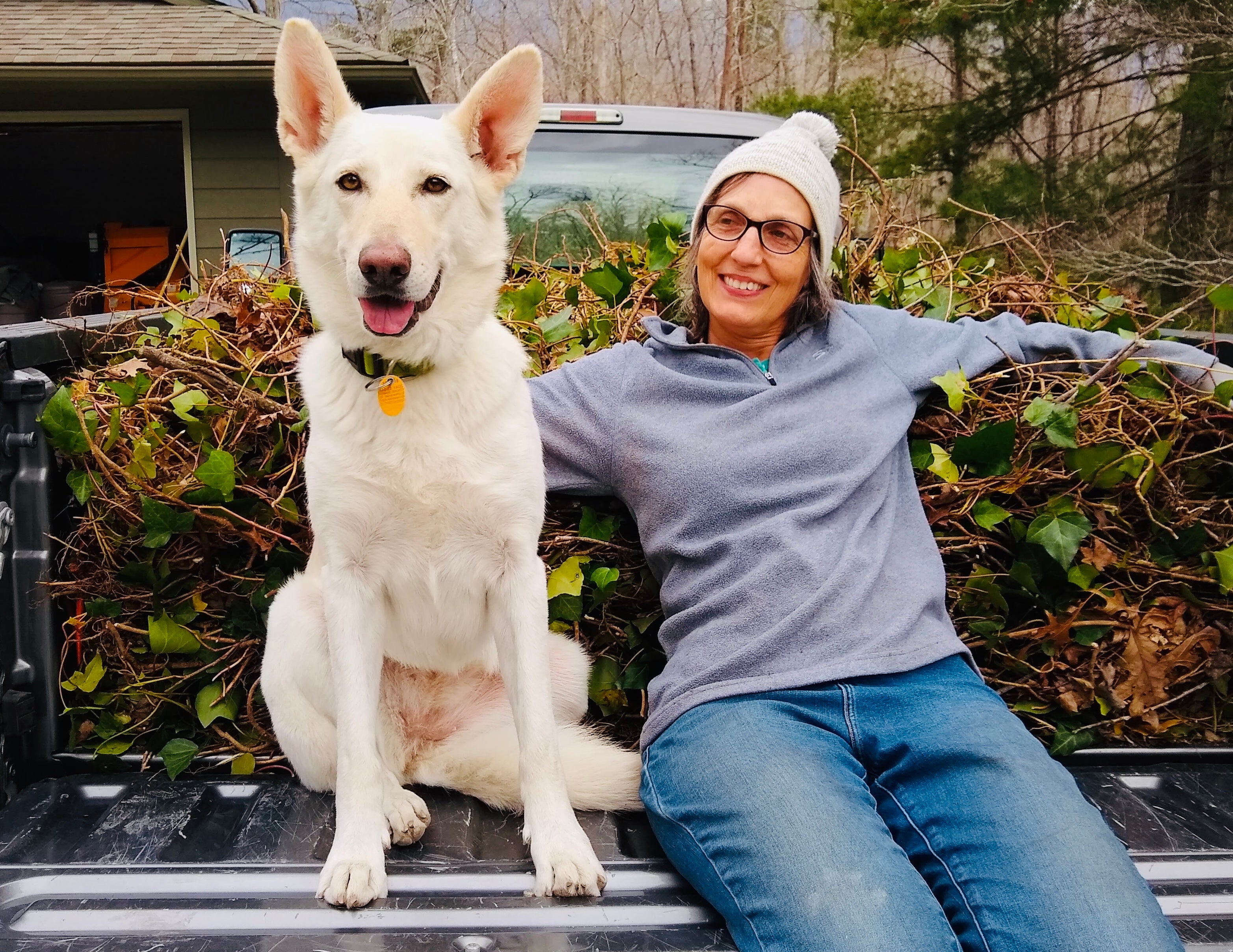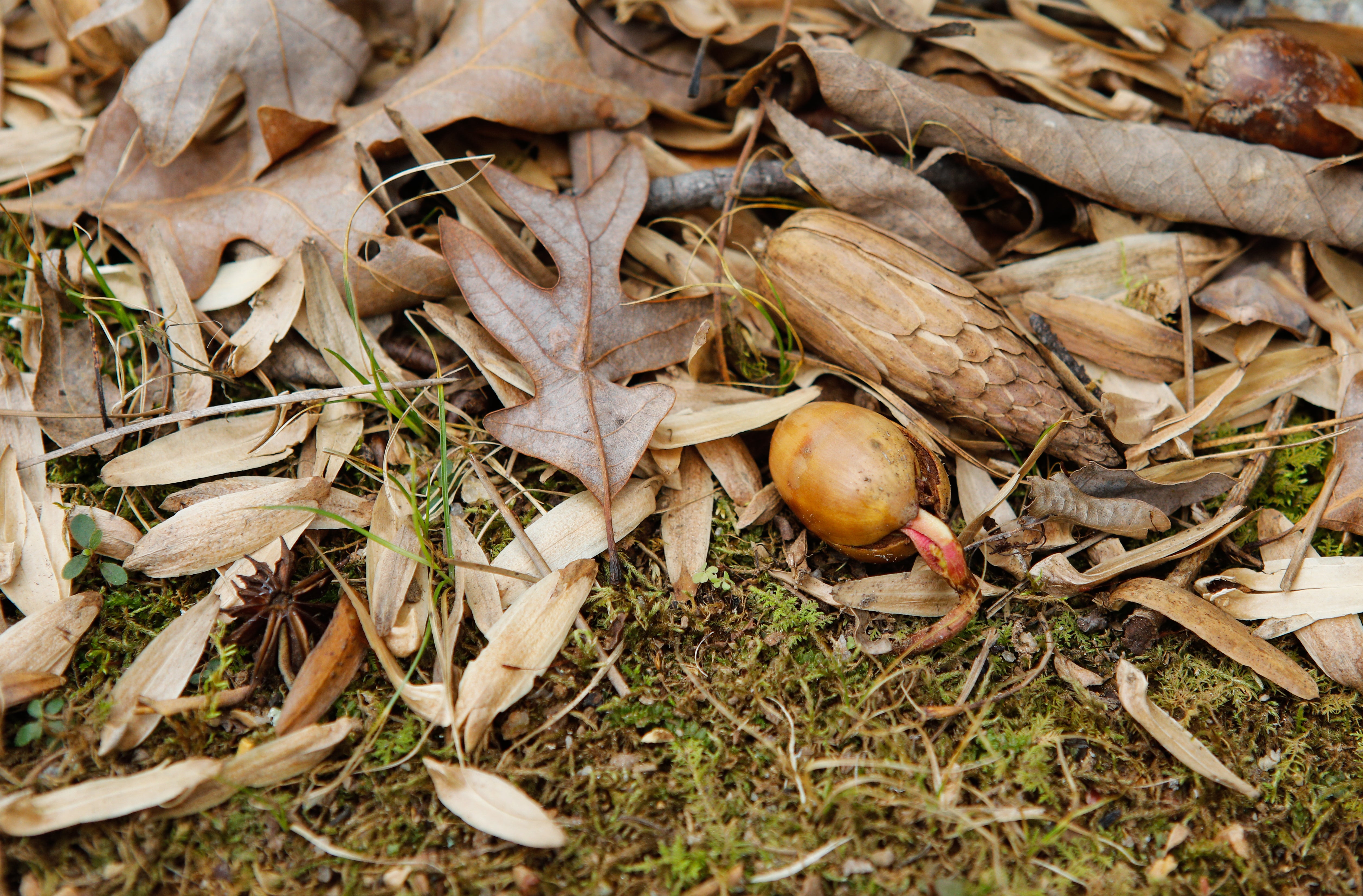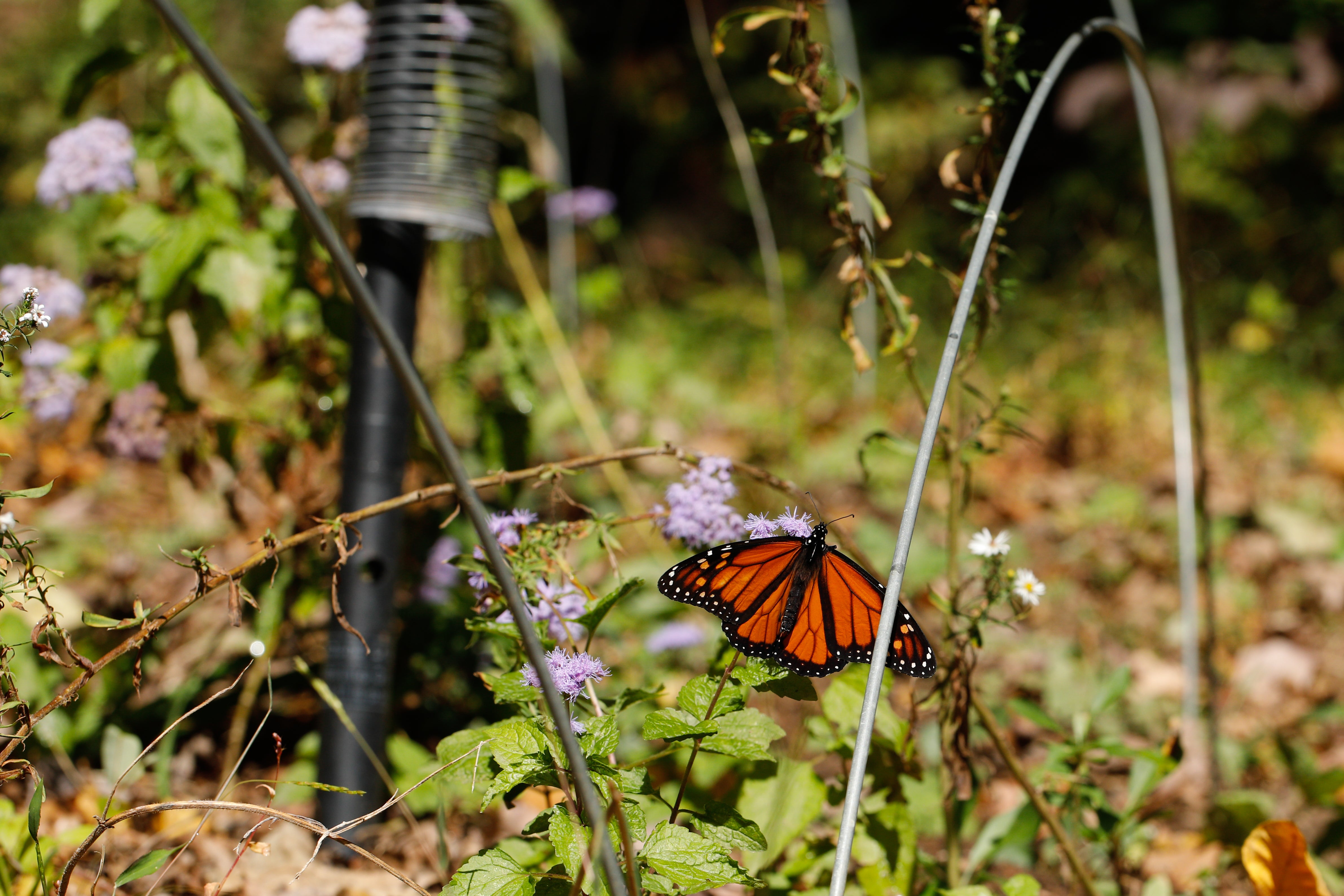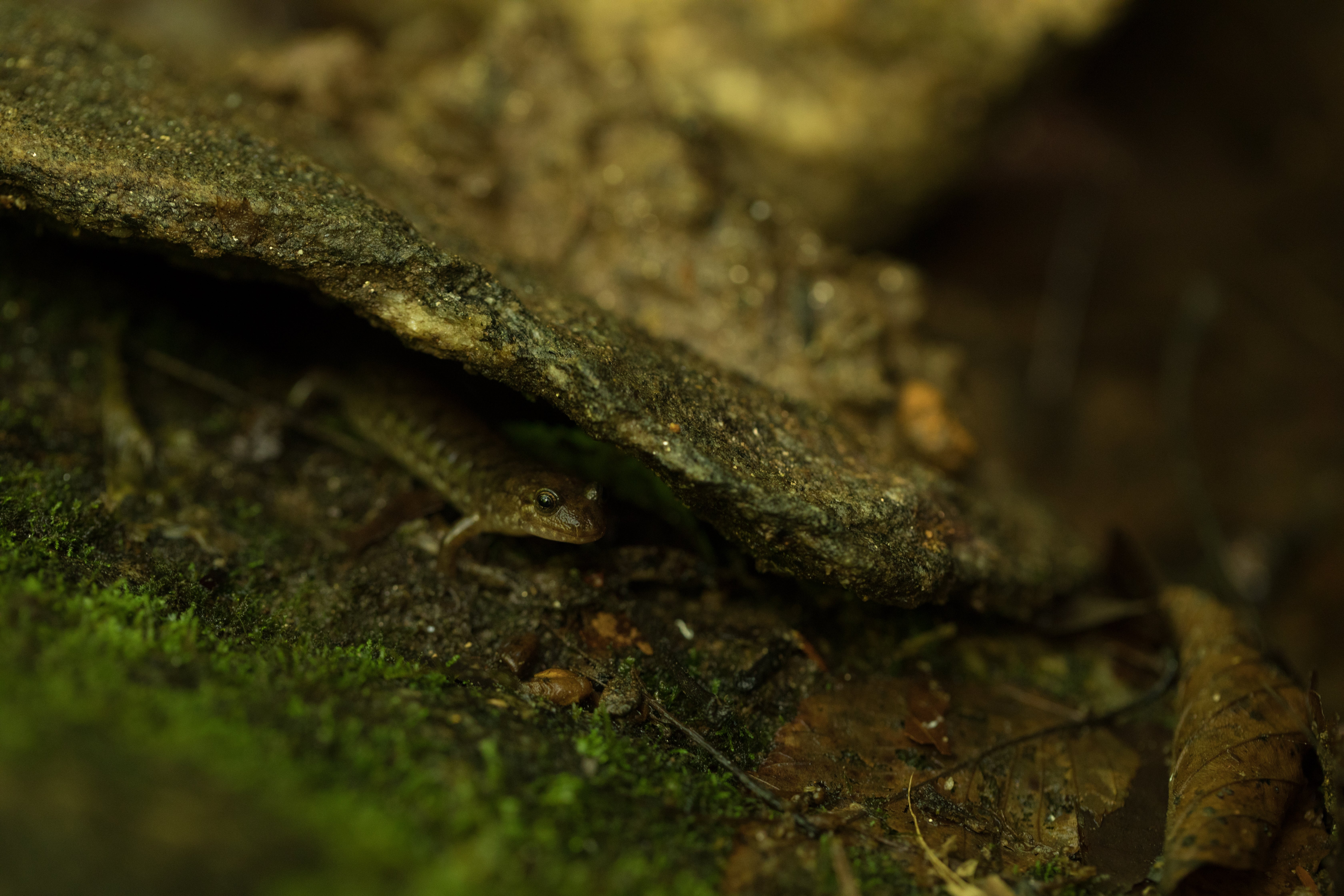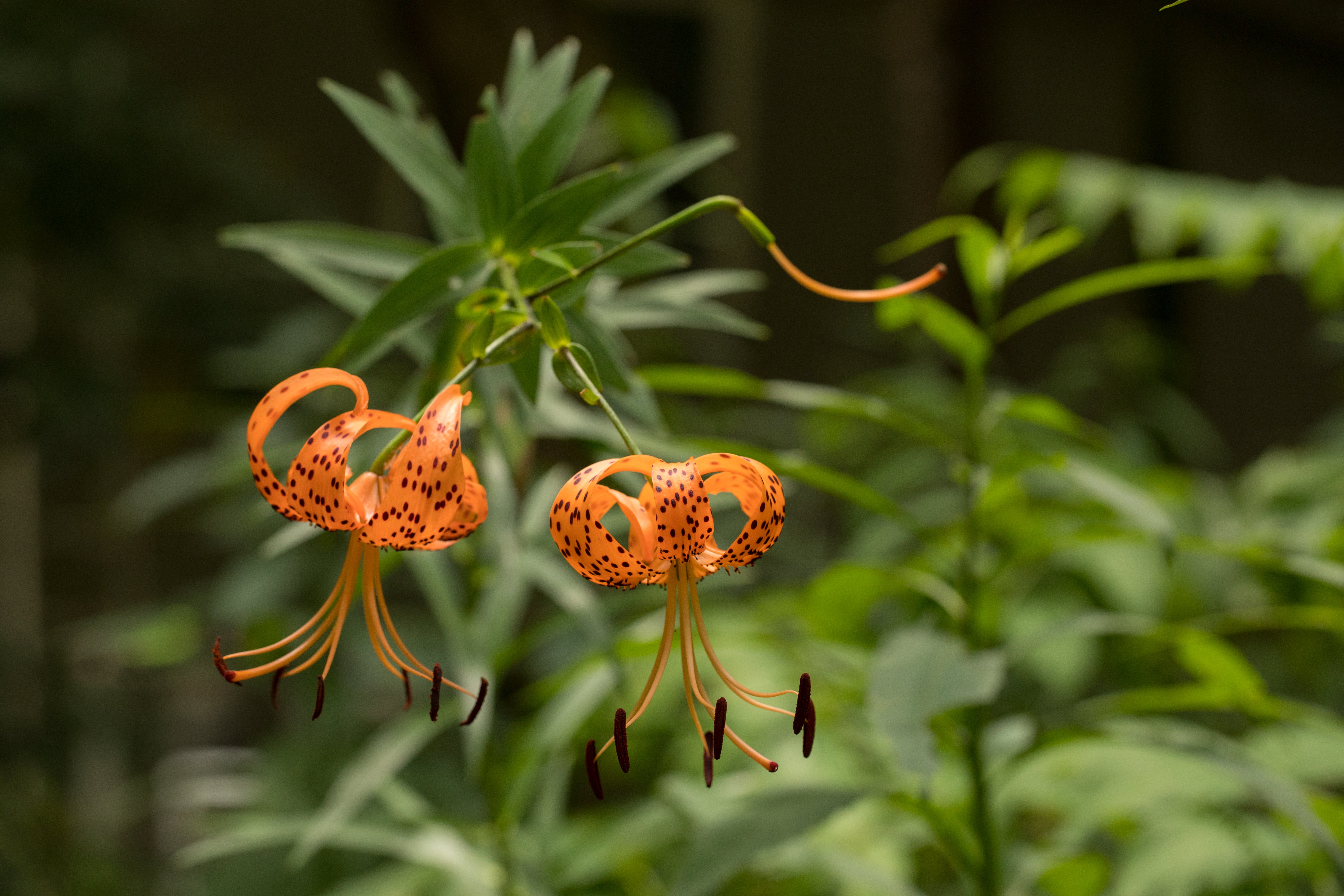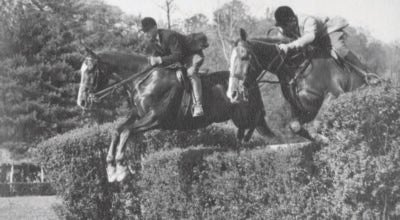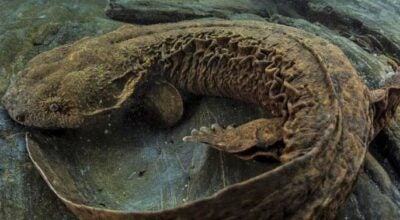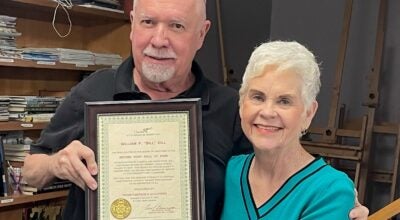Gardening for Life
Published 1:09 pm Friday, February 10, 2023
|
Getting your Trinity Audio player ready...
|
Volunteers bring Doug Tallamy to Polk County—and start a movement.
By Rose Jenkins Lane
“I’ve been a gardener forever,” says Donna Wise. She grew up in a family of gardeners in South Carolina. They grew plants for food and beauty and they would travel to see picturesque gardens in Charleston and other places. Now in her 80s, Donna says, “I’ve always liked a perfect garden—you know, pine needles, structure, mastery. And my gardens have been on home tours. So, I thought I was doing it right.”
Then, her friends at the Congregational Church in Tryon convinced her to join a webinar with the author Doug Tallamy. There was supposed to be some connection to the church’s justice work—gardening as care for the Earth. Donna felt like she had a pretty good handle on gardening and didn’t need to hear from some entomologist—a scientist who studies bugs.
“When I heard him, it was like, ‘Oh my gosh, how much I don’t know!’ Which also makes me think how much I don’t know about many other things,” she says. “It was absolutely a life changing experience. I got off the Zoom meeting and I said, ‘He’s coming to Tryon.’ And people just said, ‘Yeah, sure.’”
Hearing that talk shifted Donna’s perspective on her lifelong passion. She says, “I was trying to be a gardener, that is, somebody that controls, and now he’s talking about being a guardian and taking care of what we own.”
Who Cares About Bugs?
“One of the things that was so compelling to me was the business about how many insects will only eat one particular plant,” she says. “They have a host plant and that plant has been in their genes for generations. I didn’t know that. I just figured they went out there and ate whatever they wanted.”
Insects and plants evolved together, she learned. Plants don’t want to be eaten, so they’ve come up with potent defenses, like toxic chemicals. Insects have evolved ways to get around those barriers, but they are highly specialized. Most insects can disarm the defense system of only a narrow range of plants. A famous example is the monarch butterfly, whose caterpillars can eat only milkweed. No milkweed, no monarchs.
Often, caterpillars and other insects can’t eat the imported plants you find for sale at garden centers, Donna learned. They need the native plants that have been a part of their world for eons.
But who cares? If insects don’t eat your plants, isn’t that good?
Turns out, if you want birds in your world, you need insects. Birds need to catch thousands of caterpillars to raise a single nest of hungry chicks. Salamanders, frogs, and bats survive on insects too. And they’re all part of the food web that supports larger animals. Insects are also vital pollinators for human food crops. If we lose insects, the living world collapses.
And, that’s happening before our eyes. We see headlines that the insect apocalypse is here, that North America has lost 3 billion birds in 50 years, that a million species face extinction.
According to Tallamy, gardeners are a force that can turn this around. They may be “Nature’s Best Hope,” as he titled his best-selling book. In a talk hosted by Smithsonian in 2020, Tallamy said, “The good news is we can save our insects, our birds, and nature itself… but we’ll have to change the way we landscape.”’
When Donna heard him in March 2022, she was blown away. She says, “The way that I personally garden and what I understood about what we need to keep this planet going changed within an hour. It was earth-shattering. And I was like, ‘We need to let other people know.’”
Unstoppable Attitude
Doug Tallamy is generally not a household name, but in some circles, he’s a celebrity. Donna says, “What I learned is you could say his name and people would either give you a blank stare or this huge gasp.”
In 2007, Tallamy’s first book, Bringing Nature Home called attention to the importance of native plants in our yards, gardens, and landscaping. After all, in the eastern United States, 86% of the land is privately owned. For conservation to work, we have to think beyond parks and nature preserves. We also need to think about our homes, schools, businesses, churches, streets, and the potted plants on our balconies. Surprisingly, Tallamy’s scientific book full of photos of caterpillars crawling on their host plants found an audience and started a movement.
He went on to write for a broader audience. He co-authored the beautifully illustrated The Living Landscape and the bestselling Nature’s Best Hope, as well as his newest book, The Nature of Oaks. He also co-leads a grassroots initiative called Homegrown National Park.
People told Donna that Doug Tallamy was not someone she could bring to Tryon.
That’s fine, she’d respond, and keep going for it. “There was something almost magical about it,” she says. “You know how there are times in your life when you know you’re supposed to do something?”
She connected with other community members who were excited about Tallamy and shared her unstoppable attitude. Together they found partners and raised the funds to bring Tallamy to Polk County, in an event coming up on March 4. The 750-seat event is sold out, but there’s a waiting list and the talk will be livestreamed.
A Local Movement
These passionate volunteers are thinking beyond a one-time talk to something bigger—a local movement. So far, their Gardening for Life Project has involved a movie night, school projects, a website with a large resource library, and a planned giveaway of 500 oak saplings. They’ve also engaged local groups and businesses to share exhibits before and after Tallamy’s talk.
Corrie Woods, a project leader, says, “Doug Tallamy is here talking for an hour and a half. But these are the groups that will help people lock into the message and continue their relationship over time.”
The Gardening for Life Project leadership team consists of Donna Wise, Corrie Woods, Karen Bird, and Vard Henry, supported by many other volunteers. Partners include the Congregational Church in Tryon, Conserving Carolina, Lanier Library, Weiler Woods for Wildlife, New View Realty, and Carolina Native Nursery.
Pam Torlina, Conserving Carolina’s Southeast Stewardship Manager, says, “At Conserving Carolina, we’ve helped protect some really special wilderness areas. But if we’re going to save our biodiversity and restore bird and wildlife populations that have declined, we also need to restore nature in our yards and gardens. There’s so much potential to expand and connect wildlife habitat across our whole landscape.”
Excited for Holes in Leaves
Karen Bird is a retired landscape architect who helped organize a talk by Doug Tallamy years ago, back in Indiana.
She says, “His message is much more upbeat than I usually am, and I need that because I get bummed out that things are going extinct and all that. I think his message is uplifting and it’s fairly easy to do. One plant can make a difference.”
At her home in Tryon, Karen recently planted some spicebush—a native shrub with yellow-green flowers that bloom in late winter while the rest of the woods are still brown and gray. The twigs and flowers have a pungent flavor that some people infuse in tea. It’s also the host plant for spicebush swallowtail butterflies.
Last year, Karen found the caterpillars feeding on her spicebush—even though her plants were so new and tiny.
“To me, it’s kind of miraculous that they would find them,” she says.
Planting for butterflies changes the way she sees holes in her leaves. “Before, I would have been like, ‘My plants are getting destroyed!’ And now it’s the most exciting thing to see the leaves curled up and in there is hidden the little caterpillar. I love when good insects are eating my plants.”
“You See the Connections.”
In Corrie’s garden in Tryon, she grows lots of native plants, as well as cut flowers. She says, “In the last few seasons, I started watching the cut flowers and some of them are hotbeds of activity with pollinators—but some of the most beautiful have no insects at all! I realized I’ve got this whole area of my garden dedicated to this flower that’s almost like a plastic plant. It’s not supporting any of the local ecology. For me, hearing Doug’s message reinforced that you could make this choice instead of that choice. So, how can I have a big, robust cut flower garden that’s all natives? That’s my challenge into the next year.”
Paying attention to these connections adds a new dimension to gardening. Now, you’re not just growing things to look nice. You’re collaborating in a creation that’s interconnected and alive.
Corrie says, “You start to see beyond the separateness of a thing, like a pretty flower. You start to see the whole thing, the root system, the leaf litter, where the water’s flowing, what mammals are supported. You begin to see those barriers fall down and you see the connections. I think that’s huge—reducing that separateness.”
“As a community, we have a long way to go,” Corrie says. Several of the project leaders are still working out what to do with banks engulfed in English ivy. And all over Polk County, kudzu is rampant. Often, in garden centers, it’s easier to find invasive plants like bamboo or English ivy than native plants like spicebush, goldenrod, or milkweed. While some nearby communities, like Hendersonville, Flat Rock, and Asheville, participate in Bee City-USA, the towns in Polk County haven’t taken that step yet.
“I think we have a tremendous opportunity to grow,” Corrie says. After the event with Doug Tallamy, she says, “I hope we look back and go, ‘That was just the beginning that really got people fired up.’”


